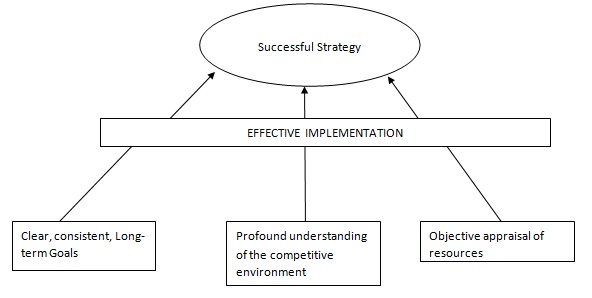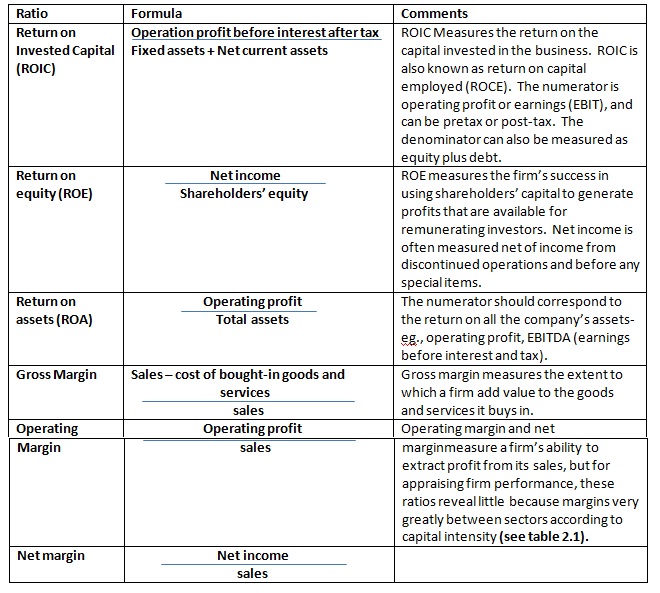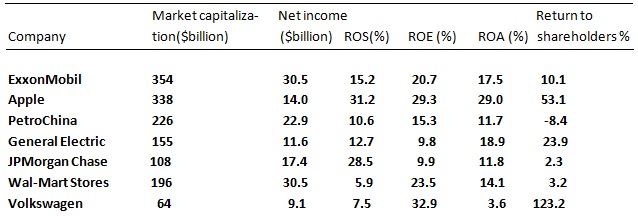Case scenario:
Stefani Joanne Angelina Germanotta, better known as Lady Gaga, is the most successful popular entertainer emerge in the 21st century. Since releasing her first album, The Fame, in 2008 she has certified record sales of 42 million, swept leading music awards including Grammy, MTV, and Billboards, completed a 201-concert world tour that grossed $227.4 million (the highest for any debut artist), and topped Forbes, Celebrity 100 list for 2011.
Since dropping out of NYU’s Tisch School of the Arts in 2005, she has shown total commitment to advancing her musical career and developing her Lady Gaga persona. After initially working as a songwriter, she developed her own musical act and image. Her dubut album and its follow up, The Fame Monster, yielded a succession of number-one hits during 2009 and 2010.
Gaga’s music is a catchy mix of pop and dance, well suited to dance clubs and radio airplay. It features good melodies, Gaga’s capable singing voice, and her reflections on society and life, but it is hardly exceptional or innovative: music critic Simon Reynolds described it as: “ruthlessly catchy, naughties pop glazed with Auto-Tune and undergirded with R&B-ish beats.”
However, music is only one element in the Lady Gaga phenomenon—her achievement is not so much as a singer or songwriter as in establishing a persona which transcends pop music. Like David Bowie and Madonna before her, Lady Gaga is famous for being Lady Gaga. To do this requires a multi-media, multifaceted offering that comprises an integrated array of components including music, visual appearance, newsworthy events, a distinctive attitude and personality, and a set of values with which fans can identify.
Key among these is visual impact and theatrically. Her hit records were heavily promoted by the visually stunning music videos that accompanied them. Paparazzi and Bad Romance each won best video award at the 2009 and 2010 Grammies; the latter is the second-most-downloaded YouTube video of all time. Most striking of all has been lady Gaga’s dress and overall appearance, which have set new standards in eccentricity, innovation, and impact. Individual outfits—her plastic bubble dress, meat dress, and “decapitated-corpse dress”—together with weird hairdos, extravagant hats, and extreme footwear (she met President Obama in 16-in heels)—are as well known in her hit songs. The range of visual images she projects is so varied that her every appearance creates a buzz of anticipation as to her latest incarnation.
More than any other star, lady gaga has developed a business model that recognizes the realities of the post-digital world of entertainment. Like web 2.0 pioneers such as Facebook and twitter, gaga has followed the model: first build market presence, and then think about monetizing that presence. Her record releases are accompanied sometimes proceeded, by music videos on YouTube. With 45 million Facebook fans, 15.8 million twitter followers, and 1.9 billion YouTube views (as of November 16, 2011), Famecount crowned her “most popular living musician online.” Her networking with fans includes Gagaville, an interactive game developed by Zynga, and the backplane, a music-based social network.
Her emphasis on visual imagery reflects the ways in which her fame is converted into revenues. While record royalties are important, concerts are her primary revenue source. Her 2012 Born This Way Tour promises to make her one of the world’s highest-earning entertainers. Other revenue sources—product placement in videos and concerts, merchandizing deals, and her appointment as Polaroid’s creative director—also link closely with her visual presence.
A distinctive feature of Gaga’s market development is the emphasis she gives to building relations with her fans. The devotion of her fans—her “Little Monsters” –is based less on their desire to emulate her look as upon empathy with her values and attitudes. They recognize Gaga’s images more as social statements of non-conformity than as fashion statements. In communicating her experiences of alienation and bullying at school and her values of individuality, sexual freedom, and acceptance of differences—reinforced through her involvement in charities and gay rights events—she has built a global fan base that is usual in its loyalty and commitment. The sense of community is reinforced by tools such as the “Monster Claw” greeting and the “Manifesto of Little Monsters.” As “Mother Monster” Gaga is spokesperson and guru for this community.
Lady Gaga possess talents as a singer, musician, and songwriter; however, her most outstanding abilities lie in her showmanship and theatricality. Modeled on Andy Warhol’s “Factory,” The Haus of Gaga is her creative workshop and augments her own capabilities. It includes manager Troy Carter, choreographer and creative director Laurieann Gibson, fashion director Nicola Formichetti, hair stylist Frederic Aspiras, stylist and designer Anna Trevelyan, fashion photographer Nick Nigh, makeup artist Tara Savelo, marketing director Bobby Campbell, and others involved in designing and producing songs, videos, concert sets, photo shoots, and the whole range of Gaga’s public appearances.
Fig: Common elements in successful strategies

Because of the volatility of stock market values, evaluations of firm performance for the purposes of assessing the current strategy or evaluating management effectiveness tend to use accounting of performance. These are inevitably historical: financial reports appear at least three weeks after the period to which they relate. That said, many firms offer earnings guidance-forecasts of profit for the next 12 months (sometimes longer).
The Mckinsey valuation framework identifies three drivers of enterprise value: rate of return on capital, cost of capital, and profit growth. Among these, return on capital is the key indicator of the invested firm’s effectiveness in generating profits from its assets. Hence, ROIC and its equivalent, return on capital employed (ROCE), or its closely related rate of return indicators such as return on equity (ROE) and return on assets (ROA), are valuable performance indicators. Different profitability measures are related-the longer the period under consideration, the more they tend to converge. Over shorter periods, the key issues are, first, to be aware of the limitations and biases inherent in any particular profitability measure and, second, to use multiple measures of profitability so that their consistency can be judged. The greatest of these limitations concerns the use of historical measures of performance to indicate the success of the firm in creating future profits. Table 2.2 outlines some widely used performance indicators.
Table: Profitability Ratios

TABLE: The performance of some of the world’s leading companies in terms of different profitability measures, 2010

Can you please help me with these two sets of questions? The documents attached with the details. Each response must be half page.
Question 1. What are your thoughts on the strategies employed by Lady Gaga as described in the Strategy Capsules in your text? Do they meet the criteria outlined the common elements in successful strategies? Why or why not?
Question 2. Do the ratios and metrics discussed in Chapter 2 (Performance Diagnosis Section) intimidate you? Which do you feel are most valuable and informative?